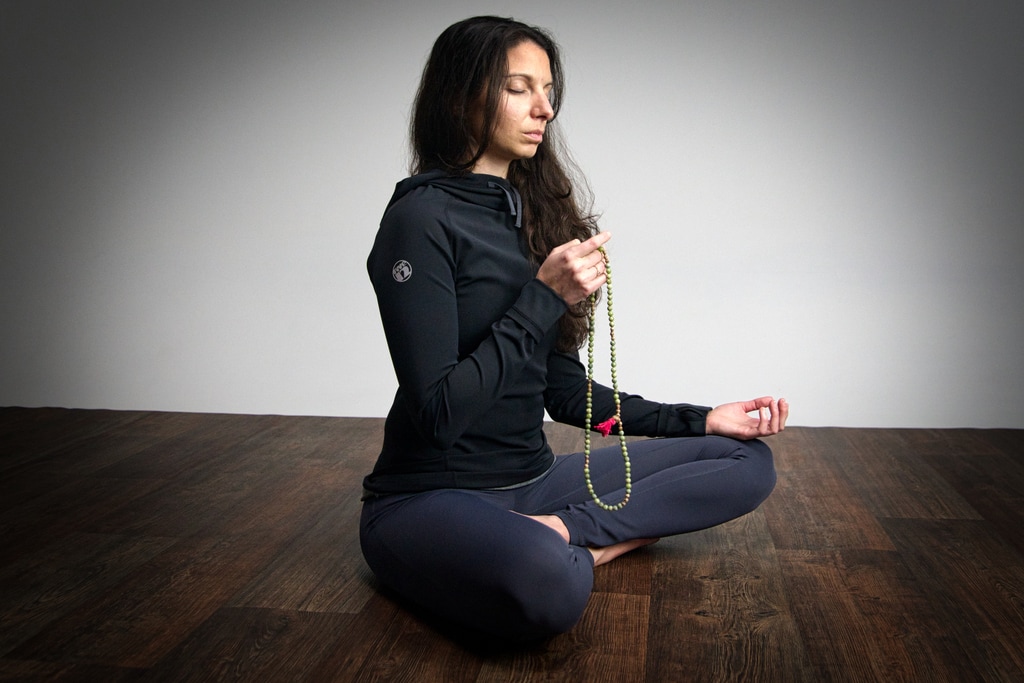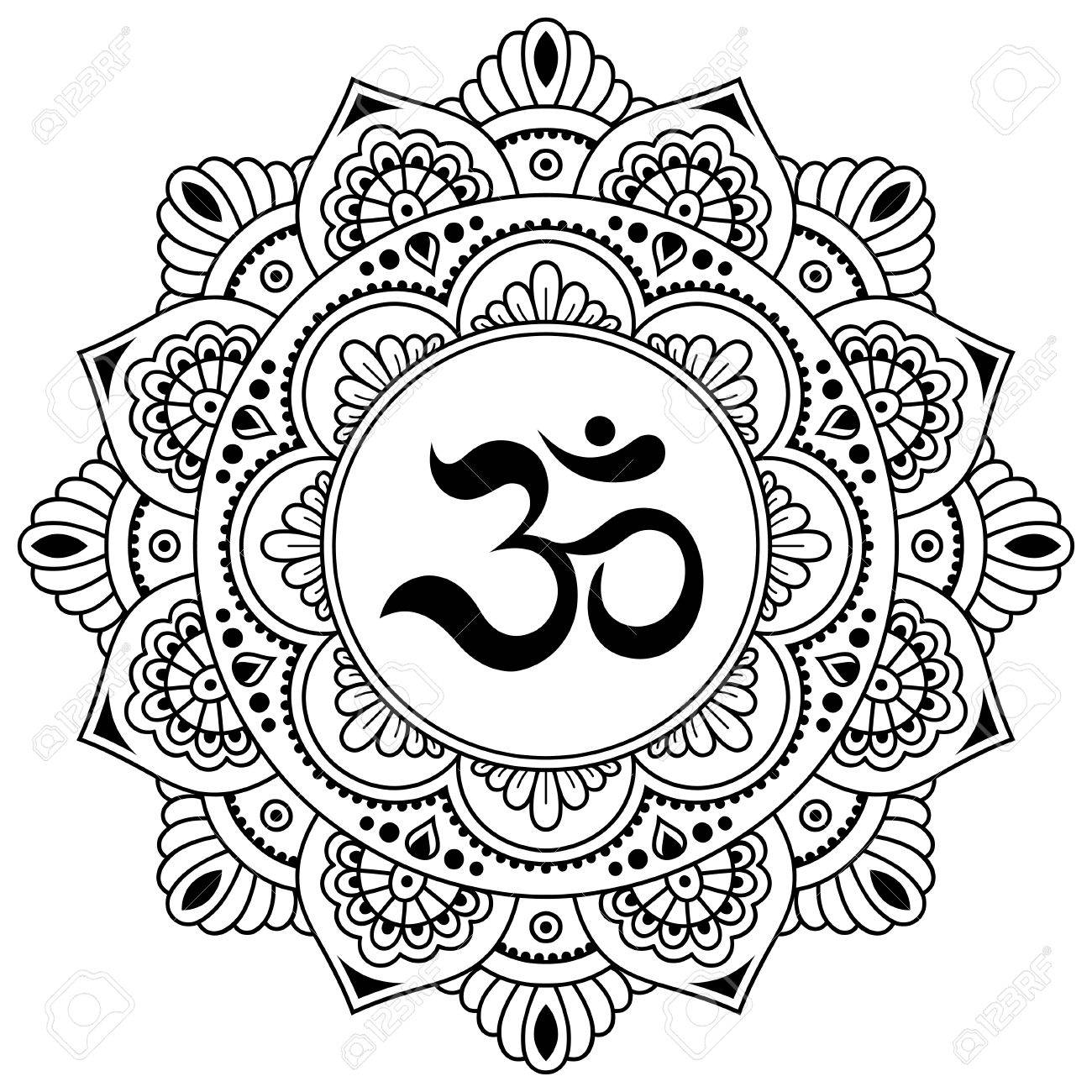Mantra Meditation
Once you’ve got a mantra in mind, it’s time to start using it.
Steps To follow :
- Get comfortable. Find a quiet place where you can meditate without disruptions. Find a position you can hold for the length of your meditation, whether that’s sitting on the floor, in a chair, lying down, or even walking. Mudras, or hand positions, help some people enter a meditative frame of mind, but they’re not necessary.
- Set a timer. Decide how long you want to meditate (anywhere from 3 to 30 minutes) and set a timer. Consider using a quiet, relaxing sound, such as ocean waves or birdsong, so the alarm doesn’t jar you from a peaceful meditative state.
- Start with a few deep breaths. Pay attention to your breathing without doing anything to try and modify it. Just focus on the sensation of it entering your lungs and filling your body.
- Use your mantra. Continue breathing slowly and steadily through your nose as you begin to chant your mantra. You can say it out loud (this might help more with mantras intended to produce vibrations) or repeat it silently. It often helps to match the mantra to your breathing.
- Let your breath guide you. As you settle into the meditation, your mantra and breathing will eventually settle into a rhythm. Unless you’re attempting to use a specific breathing technique, following this flow may help your meditation feel more natural.
- Remember to gently redirect wandering thoughts. As you meditate, you’ll probably notice your attention begin to wander. When this happens, don’t try and force those unwanted thoughts away. Instead, just acknowledge them, let them go, and then pick the mantra back up.
- Close the meditation. When your timer goes off, don’t jump up right away. Instead, take a few moments to sit with your (hopefully) quiet mind. Check in with yourself. Do you feel more relaxed? More optimistic? This closing exercise lets you check in with yourself and track your progress.



